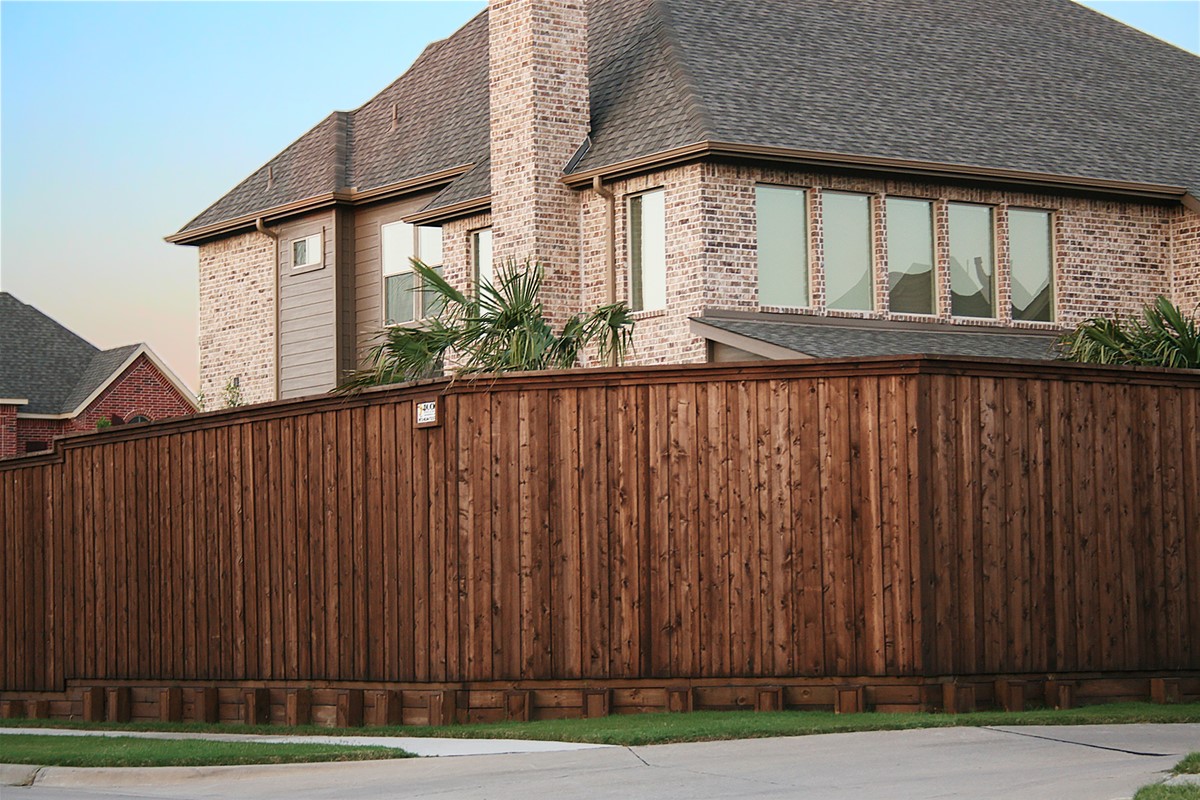[dropcap]F[/dropcap]encing is perhaps one of the most satisfying things you can do on a piece of property because of the sense of ownership that strokes your ego and the satisfaction that comes after accomplishing the task. It is the most common DIY project in America. Whether for privacy purposes or doing it for the pets; fencing isn’t as straightforward as it looks. It has a lot of factors to consider including the type of wood, the nails, the spacing between the poles and even the soil in which you are anchoring the fence into.
The wooden privacy fence is an accessory for your horse arena, calf pen, paddocks and even the house pets. It has to be durable enough to serve its purpose and also versatile enough serve different purposes. Choice of poles for the fencing mainly endorses this functionality. The choice of wood and the gauges are the determinants of the longevity and sturdiness of the fence panels. Consider the following types of wood when choosing a fence for your money worth:
Western red cedar
This wood works well for ranches. It is the most common type of wood because not only does it not crack but it does not warp when exposed to the elements. It is available locally, hence it is cheap. It is also durable; It can last several years without rotting. However it may absorb water when in waterlogged soils. It therefore, cannot be used for posts. Since it does not warp or shrink, it is very instrumental for ornamental and picket fences. It is in the same category as cypress, and treatment can elongate its lifespan. Choosing these poles will give you your money’s worth of fence.
Pressure treated pine
This is choice of wood is ideal for those who are focused on cutting expenses. Pine grows widely, and thus the mention of pine and rarity is paradoxical. It is excellent lumber for fencing and is used primarily as a base wood. It is important to note that untreated pine suffers from warping, cracking and shrinking. Being pressure treated makes it the ideal lumber for outdoor structures since it has been inoculated against decay, weathering and all other redundancies. Unlike cedar, it does not have that inviting smell and has a relatively short lifespan.
Redwood
This is mostly used for ornamental fencing. It is the costliest of the lot and the most visually appealing. It is impractical to use for large scale, but it is worth the investment for small projects. It can be used alongside other cheaper woods to make facades or lattices that would be both economical and appealing to look at. It is durable lumber and just needs a coat of vanish or clear stain to prevent it from losing the characteristic red hue.
White oak
Most people reading this part would think I’ve lost it, but reclaimed white oak would be perfect for the great outdoors. Despite its mainstream use in interior finishing, it makes for the most permanent fencing pole and runners. The exorbitant prices of this would mean that its use must be structurally prescribed or just strictly ornamental. This is the post to go for if you are searching for a fence for your money’s worth.
Apart from these mainstream fencing poles, there are newer cheaper options such as plastic fencing poles or concrete poles which offer durability and can be used for security purpose fencing.







